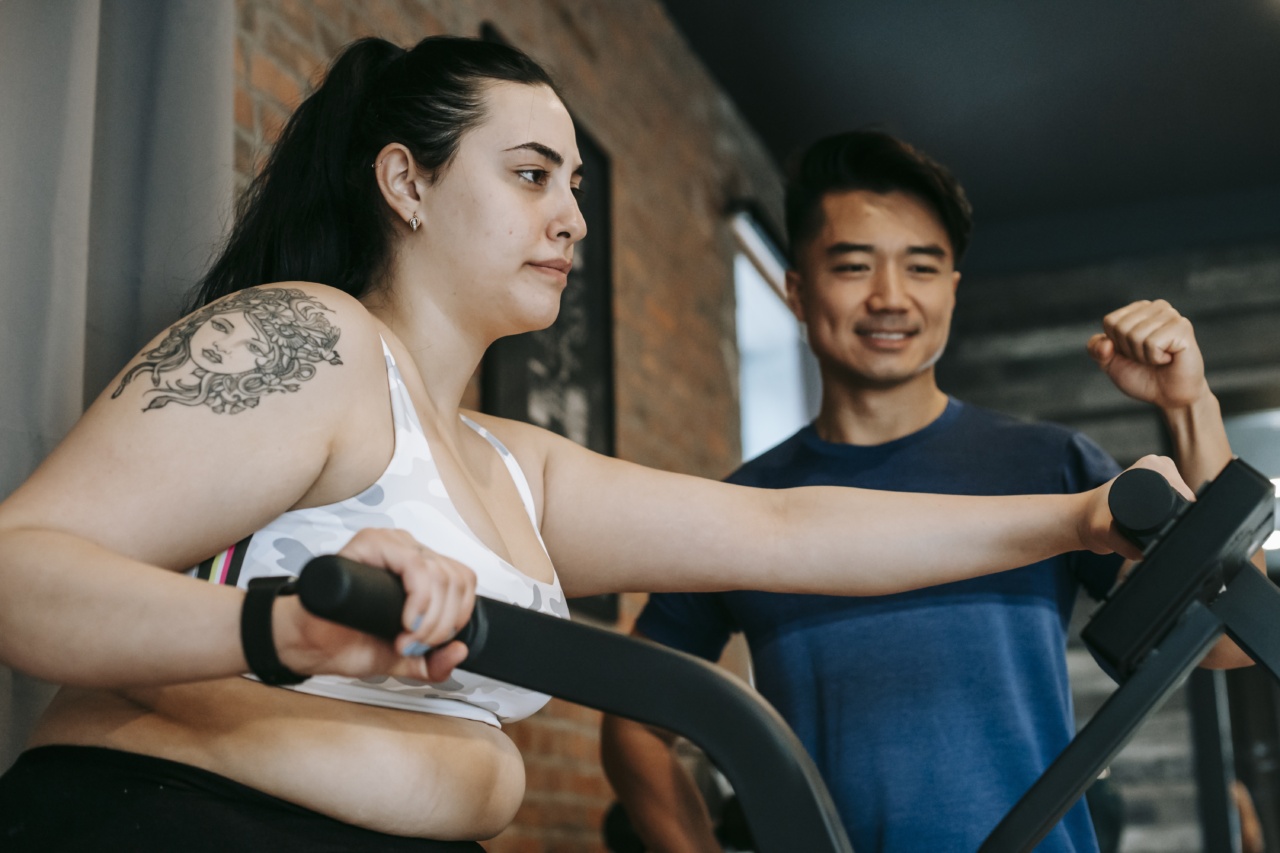Entering the 30s is a significant milestone in a woman’s life. Along with the various personal and professional achievements, this decade also brings about numerous changes in the female body.
From hormonal fluctuations to fertility changes, a woman experiences both physical and emotional transformations during her 30s. In this article, we will delve into the detailed changes that occur during this phase of a woman’s life.
Hormonal Fluctuations
One of the key changes that a woman may experience in her 30s is hormonal fluctuations. As she begins to approach perimenopause, which refers to the transitional phase leading up to menopause, hormone levels start to fluctuate.
Estrogen and progesterone, the primary female hormones, may not be as balanced as they were in the 20s.
Changes in Menstrual Cycle
The menstrual cycle also undergoes changes during the 30s. Some women may notice a shift in the length of their menstrual cycle, either becoming longer or shorter. The flow may also change, becoming heavier or lighter than before.
These variations are typically linked to the hormonal fluctuations discussed earlier.
Fertility Changes
A woman’s fertility begins to decline gradually in her 30s. While it is still possible for many women to conceive during this decade, the chance of getting pregnant decreases compared to the 20s.
Additionally, the risk of complications, such as chromosomal abnormalities, also increases as a woman ages.
Metabolism and Weight Management
Metabolism also tends to slow down in the 30s. This means that women may find it harder to maintain their weight or lose excess pounds. Building and maintaining muscle mass becomes crucial during this phase to combat the metabolism slowdown.
Engaging in regular strength training exercises can help women manage their weight better.
Changes in Skin
The 30s bring about changes in the skin’s appearance and texture. Collagen production begins to decrease, leading to the development of fine lines and wrinkles. Additionally, skin may appear duller as cell turnover slows down.
It becomes essential to adopt a skincare routine that includes moisturizing and using sunscreen regularly.
Breast Changes
During the 30s, women may notice changes in their breast tissue. Breasts may become more sensitive, and the overall firmness may decrease. Some women may also experience cysts or fibroadenomas, which are noncancerous lumps.
Regular breast self-examinations and annual mammograms are crucial for maintaining breast health.
Bone Density
Peak bone density usually occurs in the late 20s. As women enter their 30s, bone density starts to decline, albeit slowly. This decline becomes more prominent as menopause approaches.
Consuming a diet rich in calcium and engaging in weight-bearing exercises can help preserve bone density.
Changes in Libido
Women may experience fluctuations in their sexual desire and libido during their 30s. Hormonal changes can play a significant role in these variations.
Additionally, stress, work-life balance, and relationship dynamics may also impact a woman’s libido. Open communication with partners and healthcare professionals can provide support in managing these changes.
Emotional Changes
Along with the physical changes, emotional changes are also common during the 30s. Many women find themselves navigating various life transitions, such as marriage, starting a family, or professional advancements.
These changes can bring about a mix of emotions, including excitement, stress, and anxiety. Taking time for self-care, seeking emotional support, and practicing stress management techniques can benefit overall emotional well-being.
Conclusion
The 30s mark a period of significant changes in a woman’s body.
From hormonal fluctuations and fertility changes to shifts in metabolism, skin appearance, and emotional well-being, it is important for women to understand and embrace these transformations. Regular check-ups and adopting healthy lifestyle habits can help women navigate this decade with grace and maintain their overall well-being.






























